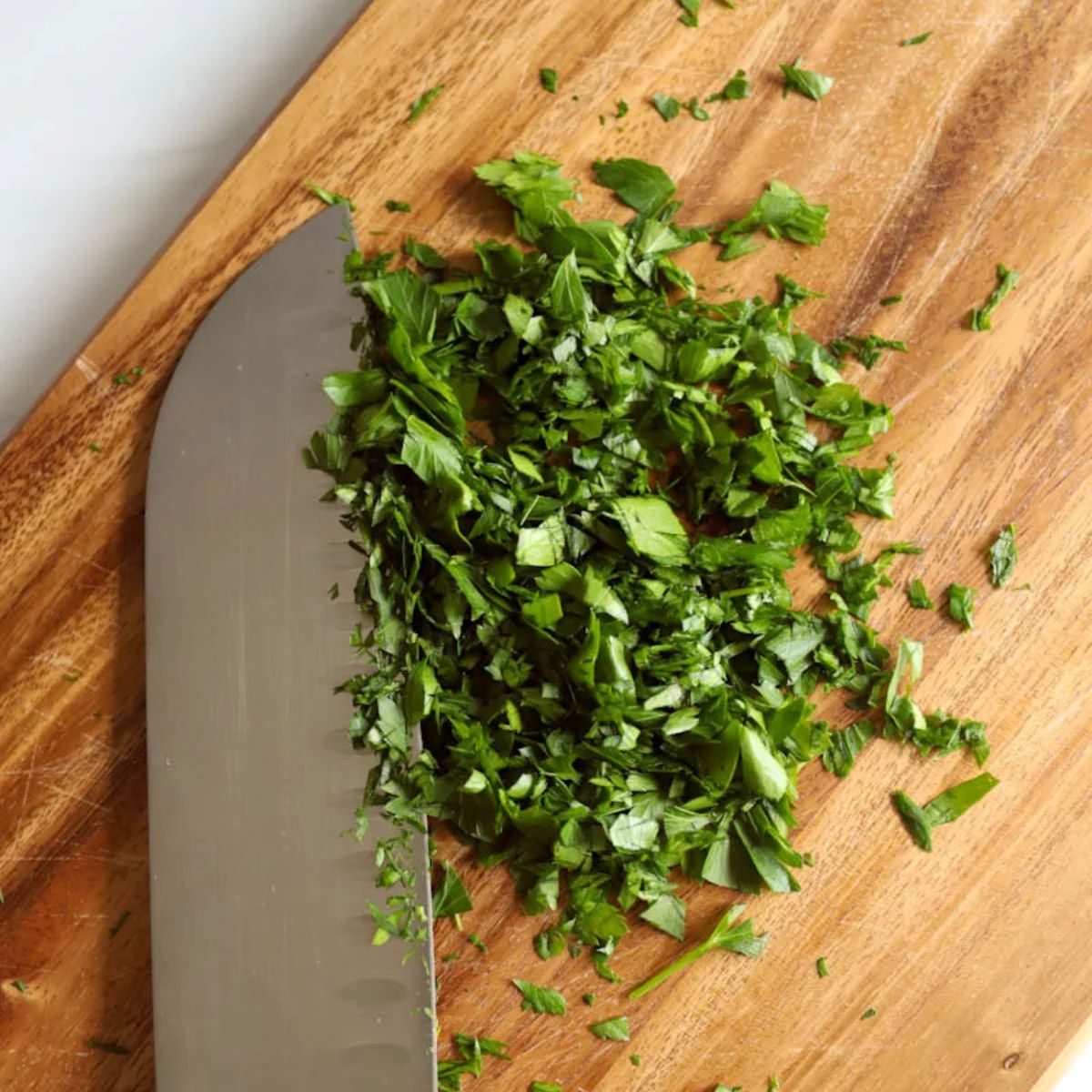

Articles
How To Store Chopped Parsley
Modified: February 28, 2024
Learn the best methods for storing chopped parsley in this comprehensive article, including tips for preserving freshness and flavor.
(Many of the links in this article redirect to a specific reviewed product. Your purchase of these products through affiliate links helps to generate commission for Storables.com, at no extra cost. Learn more)
Introduction
Chopped parsley is a versatile and flavorful herb that is commonly used in a variety of dishes, including soups, salads, and sauces. It adds a fresh and vibrant touch to any recipe and can elevate the overall flavor profile of a dish. However, once parsley is chopped, it becomes more susceptible to spoilage if not stored properly. Proper storage techniques are crucial to maintain the freshness and flavor of chopped parsley for an extended period.
Whether you have an abundance of parsley from your garden or simply want to extend the shelf life of store-bought parsley, understanding the factors that affect its lifespan and implementing best practices for storage is essential. By taking the time to store chopped parsley correctly, you can ensure that you always have a ready supply of this wonderful herb on hand whenever you need it.
In this article, we will explore why proper storage of chopped parsley is important, the factors that affect its shelf life, best practices for storing chopped parsley, and different storage techniques you can use. We will also provide tips for maximizing the freshness of chopped parsley and offer creative uses for any excess parsley you may have.
So, let’s dive in and discover how to store chopped parsley effectively to maintain its taste, texture, and nutritional value for as long as possible!
Key Takeaways:
- Preserve the vibrant flavor and nutritional benefits of chopped parsley by storing it in an airtight container, refrigerating promptly, and using it within a week for optimal freshness.
- Get creative with excess chopped parsley by making herb butter, parsley pesto, infused oils, or using it as a colorful garnish to elevate your culinary creations.
Read more: How To Chop Parsley In A Food Processor
Why Proper Storage of Chopped Parsley is Important
Proper storage of chopped parsley is crucial for several reasons. Firstly, it helps to maintain the freshness and flavor of the herb. When parsley is chopped, it exposes more surface area to air, which can lead to oxidation and the loss of essential oils. Storing chopped parsley correctly helps to minimize these effects and ensures that it retains its vibrant color, refreshing aroma, and distinct taste.
Secondly, proper storage helps to extend the shelf life of chopped parsley. Fresh herbs, including parsley, have a limited lifespan as they are highly perishable. By using the right storage techniques, you can prolong the freshness of chopped parsley and reduce food waste.
Additionally, storing chopped parsley properly allows you to have a ready supply of the herb whenever you need it. If you frequently use parsley in your cooking, having it readily available can save you time and effort. You won’t have to worry about running out to buy it or going through the hassle of chopping it every time a recipe calls for it.
Moreover, storing chopped parsley correctly ensures that you always have access to its nutritional benefits. Parsley is rich in vitamins A, C, and K, as well as folate and iron. These nutrients are sensitive to light, heat, and air, so proper storage helps preserve them, allowing you to reap the maximum nutritional value from the herb.
Overall, proper storage of chopped parsley is important to maintain its freshness, flavor, and nutritional content, extend its shelf life, and have a readily available supply of this wonderful herb for your culinary endeavors.
Factors Affecting the Shelf Life of Chopped Parsley
Several factors can affect the shelf life of chopped parsley. Understanding these factors can help you make informed decisions when it comes to storing the herb and ensure its longevity. Here are the key factors to consider:
1. Moisture: Moisture is a critical factor that can impact the shelf life of chopped parsley. Excess moisture can cause the herb to wilt and promote the growth of bacteria and mold. It is important to remove any excess moisture from the parsley before storing it.
2. Temperature: Temperature plays a significant role in determining the freshness of chopped parsley. The ideal temperature for storing parsley is between 32°F (0°C) and 40°F (4°C). Avoid exposing the herb to extreme temperatures, as it can accelerate spoilage.
3. Light: Light exposure can lead to the degradation of color and flavor in chopped parsley. It is best to store the herb in a dark or opaque container to minimize the effects of light exposure.
4. Air Exposure: Chopped parsley is more susceptible to oxidation when exposed to air. The oxidation process can cause the herb to lose its freshness and flavor rapidly. Store the parsley in an airtight container to minimize air exposure and prolong its shelf life.
5. Handling: Proper handling of chopped parsley is crucial for maintaining its freshness. Repeated touching and rough handling can bruise the herb, leading to faster spoilage. Handle the parsley with care and avoid excessive squeezing or crushing.
6. Contamination: Contamination from bacteria or other food items can accelerate the spoilage of chopped parsley. Ensure that the container used for storage is clean and thoroughly dried to prevent cross-contamination.
By taking these factors into account and implementing proper storage practices, you can significantly extend the shelf life of chopped parsley and maintain its quality for longer periods.
Best Practices for Storing Chopped Parsley
To ensure the freshness and longevity of chopped parsley, it is essential to follow best practices for storage. By implementing these practices, you can maintain the flavor, color, and nutritional value of the herb. Here are some key guidelines to consider:
1. Clean and Dry: Before chopping parsley, ensure that it is clean and free from dirt and debris. Rinse the herb gently under cool running water and pat it dry using a paper towel or a clean kitchen towel. Excess moisture can lead to spoilage, so it is crucial to dry the parsley thoroughly.
2. Chop Fresh: Chopped parsley is best stored when it is freshly cut. The longer the time between chopping and storage, the more the herb will deteriorate. It is recommended to chop parsley just before you plan to use it or store it.
3. Airtight Container: Transfer the chopped parsley into an airtight container, such as a resealable plastic bag or a glass jar with a tight-fitting lid. Ensure that the container is clean and dry before use. This will prevent air exposure and minimize the risk of moisture accumulation.
4. Label and Date: It is helpful to label the container with the date of storage. This allows you to keep track of the parsley’s freshness and use it in a timely manner. Remember to rotate your stock, using the oldest chopped parsley first.
5. Refrigerate Promptly: As chopped parsley is highly perishable, it should be refrigerated promptly after chopping. Place the sealed container of chopped parsley in the refrigerator’s main compartment, not in the door, to maintain a consistent temperature.
6. Avoid Freezing: While freezing parsley is an option, it can change the texture and flavor of the herb. It is generally recommended to use fresh or refrigerated chopped parsley for the best results.
7. Use Within a Week: Chopped parsley is at its best when used within a week. While it may still be safe to consume after this period, its freshness and flavor may diminish. Aim to use the parsley as soon as possible for optimal taste and aroma.
By adhering to these best practices, you can maintain the quality of chopped parsley and enjoy its freshness in your culinary creations for an extended period.
After chopping parsley, store it in a sealed plastic bag with a slightly damp paper towel to keep it fresh. Place it in the refrigerator and use within a few days for best flavor.
Using Different Storage Techniques for Chopped Parsley
When it comes to storing chopped parsley, there are various techniques you can use depending on your preferences and the availability of resources. Here are a few different storage techniques to consider:
1. Refrigeration in a Bag: One simple and effective way to store chopped parsley is by placing it in a resealable plastic bag. Gently press out any excess air before sealing the bag, and then place it in the refrigerator. This technique helps to maintain the freshness and flavor of the parsley for a few days.
2. Water Storage Method: Another technique involves storing the chopped parsley in water. Trim the ends of the parsley stems and place them in a jar or glass of water, similar to how you would store fresh flowers. Cover the top loosely with a plastic bag and place it in the refrigerator. This method can keep the parsley fresh for up to a week, as long as you change the water every couple of days.
3. Herb Keeper: If you frequently use herbs, investing in a herb keeper can be a worthwhile option. These specialized containers provide a dedicated space for storing herbs like parsley, allowing for optimal airflow and moisture control. Herb keepers can help extend the freshness of chopped parsley for a longer period compared to other storage methods.
4. Freezing in Ice Cube Trays: If you have an abundance of chopped parsley that you want to preserve for a more extended period, consider freezing it in ice cube trays. Fill each section of the tray with the chopped parsley, then pour a small amount of water or olive oil over it to cover the herb. Once frozen, transfer the parsley cubes to a freezer-safe container or bag. This method allows you to conveniently use small portions of parsley as needed, without thawing the entire batch.
5. Drying: If you prefer dried parsley for certain recipes, you can also dry the herb after chopping it. Spread the chopped parsley on a baking sheet or air-drying rack and place it in a cool, dry area. Allow the parsley to dry completely, which may take a few days to a week depending on the humidity. Once dry, store the parsley in an airtight container in a cool, dark place. Dried parsley can be used for an extended period and is a great option when fresh parsley isn’t readily available.
Experiment with these different storage techniques to find the method that works best for you and helps preserve the flavor and freshness of chopped parsley for your culinary needs.
Read more: How To Store Parsley
Tips for Maximizing the Freshness of Chopped Parsley
To maximize the freshness of chopped parsley, there are a few additional tips and tricks that you can follow. By implementing these tips, you can ensure that your parsley remains vibrant, flavorful, and ready to use whenever you need it. Here are some suggestions:
1. Store Whole Bunches: If possible, store parsley in its whole bunches until you’re ready to use it. Whole bunches tend to stay fresh longer compared to chopped parsley since they have less exposed surface area.
2. Use Freshly Sharpened Knife: When chopping parsley, it is essential to use a freshly sharpened knife. A dull knife can crush and bruise the herb, accelerating its deterioration. A sharp knife will cut cleanly through the parsley leaves, minimizing damage and maintaining freshness.
3. Trim the Stems: Before chopping the parsley, trim the ends of the stems to ensure they’re clean and fresh. This will help maintain the quality of the herb and prevent any potential spoilage from the cut ends.
4. Don’t Wash Before Chopping: It’s best to rinse the parsley after chopping rather than before. Washing the herb before chopping can introduce extra moisture, which can promote wilting and spoilage. Instead, give the chopped parsley a quick rinse and pat it dry when you’re ready to use it.
5. Store Leaves and Stems Separately: If you prefer to use both the parsley leaves and stems in your recipes, store them separately. The stems tend to wilt faster compared to the leaves. By keeping them separate, you can use the stems first while allowing the leaves to stay fresh for longer.
6. Revive with Cold Water: If your chopped parsley starts to look slightly wilted, you can revive it by placing it in a bowl of cold water for a few minutes. This can help perk up the parsley and restore some of its crispness. Afterward, make sure to drain and dry the parsley thoroughly before using or storing it.
7. Avoid Pre-Chopping: Chopped parsley is best stored when it’s freshly cut. To maximize freshness, it’s advisable to avoid pre-chopping the herb unless necessary. Chop it just before using it in your recipes to preserve its vibrant color and robust flavor for longer.
By following these tips, you can maintain the maximum freshness of chopped parsley and enhance the overall quality of your dishes that feature this delightful herb.
Creative Uses for Excess Chopped Parsley
Do you find yourself with an excess amount of chopped parsley after a cooking session? Don’t let it go to waste! There are numerous creative and delicious ways to make use of that extra herb. Here are some ideas to inspire you:
1. Herb Butter: Mix chopped parsley with softened butter and a pinch of salt to create a flavorful herb butter. This compound butter can be used to enhance the taste of grilled meats, steamed vegetables, or spread onto freshly baked bread. It’s a versatile and tasty way to elevate your dishes.
2. Parsley Pesto: Blend chopped parsley with garlic, Parmesan cheese, pine nuts, and olive oil to make a vibrant and herbaceous parsley pesto. Use it as a spread on sandwiches, a topping for grilled fish or chicken, or toss it with hot pasta for a refreshing twist on traditional pesto.
3. Herb-infused Oils and Vinegars: Combine chopped parsley with your choice of oil or vinegar to create flavorful infusions. For oil infusion, simply place the parsley in a bottle, cover it with olive oil, and let it sit for a few days to infuse the flavors. For vinegar infusion, heat the vinegar until warm, then pour it over the parsley and let it steep for a week. These infused oils and vinegars can be used in dressings, marinades, or as a finishing touch to your favorite dishes.
4. Parsley Salt: Mix chopped parsley with kosher or sea salt to create a unique parsley-infused salt. Spread it on a baking sheet and allow it to air dry for a few days until the parsley is completely dried. Once dry, pulse the mixture in a food processor until finely ground. Use this parsley salt to season roasted vegetables, grilled meats, or sprinkle it over freshly popped popcorn for a flavorful twist.
5. Parsley-Crusted Fish or Chicken: Coat your favorite fish fillets or chicken breasts with a mixture of chopped parsley, breadcrumbs, garlic, and olive oil to create a delicious crust. Bake or pan-fry the protein until cooked through and the crust is golden and crispy. The parsley adds a fresh and flavorful element to your dish.
6. Parsley Garnish: Use the excess chopped parsley as a garnish to add a pop of color and freshness to your dishes. Sprinkle it over soups, stews, salads, omelets, or roasted vegetables to give them a visually appealing finishing touch.
7. Parsley Smoothies and Juices: Yes, you can even add parsley to your smoothies or juices for an added nutritional boost! Parsley pairs well with fruits such as pineapple, apple, or citrus, and can bring a bright, herbaceous flavor to your beverages. Just make sure to balance it with other ingredients for a harmonious taste.
Get creative with your excess chopped parsley and explore these ideas or come up with your own culinary creations. Don’t let the herb go to waste; turn it into something delicious and enjoy the flavor-packed results!
Conclusion
Proper storage of chopped parsley is essential for maintaining its freshness, flavor, and nutritional value. By understanding the factors that affect its shelf life and implementing best practices for storage, you can ensure that your chopped parsley stays vibrant and ready to use for an extended period.
Factors such as moisture, temperature, light, air exposure, handling, and contamination can impact the shelf life of chopped parsley. By controlling these factors and following best practices, including storing it in an airtight container, refrigerating promptly, and using the herb within a week, you can maximize its longevity.
Various storage techniques can be employed, such as refrigeration in a bag, water storage method, herb keepers, freezing in ice cube trays, or even drying for long-term use. Choose the method that suits your needs and ensures the preservation of parsley’s quality.
Additionally, utilizing the excess chopped parsley creatively can enhance your culinary endeavors. Whether it’s making herb butter, parsley pesto, herb-infused oils and vinegars, or even parsley salt, there are plenty of delicious options to enjoy the herb’s flavor in various dishes.
Remember to follow practical tips like using a freshly sharpened knife, trimming the stems, and avoiding pre-chopping to ensure maximum freshness. Reviving wilted parsley with cold water can also be helpful when needed.
In conclusion, by employing proper storage techniques, implementing best practices, and exploring creative uses for excess chopped parsley, you can elevate your culinary creations and make the most of this versatile and flavorful herb. Enjoy the freshness, color, and taste of chopped parsley in your favorite dishes, knowing that you have mastered the art of preserving this delightful herb.
Frequently Asked Questions about How To Store Chopped Parsley
Was this page helpful?
At Storables.com, we guarantee accurate and reliable information. Our content, validated by Expert Board Contributors, is crafted following stringent Editorial Policies. We're committed to providing you with well-researched, expert-backed insights for all your informational needs.
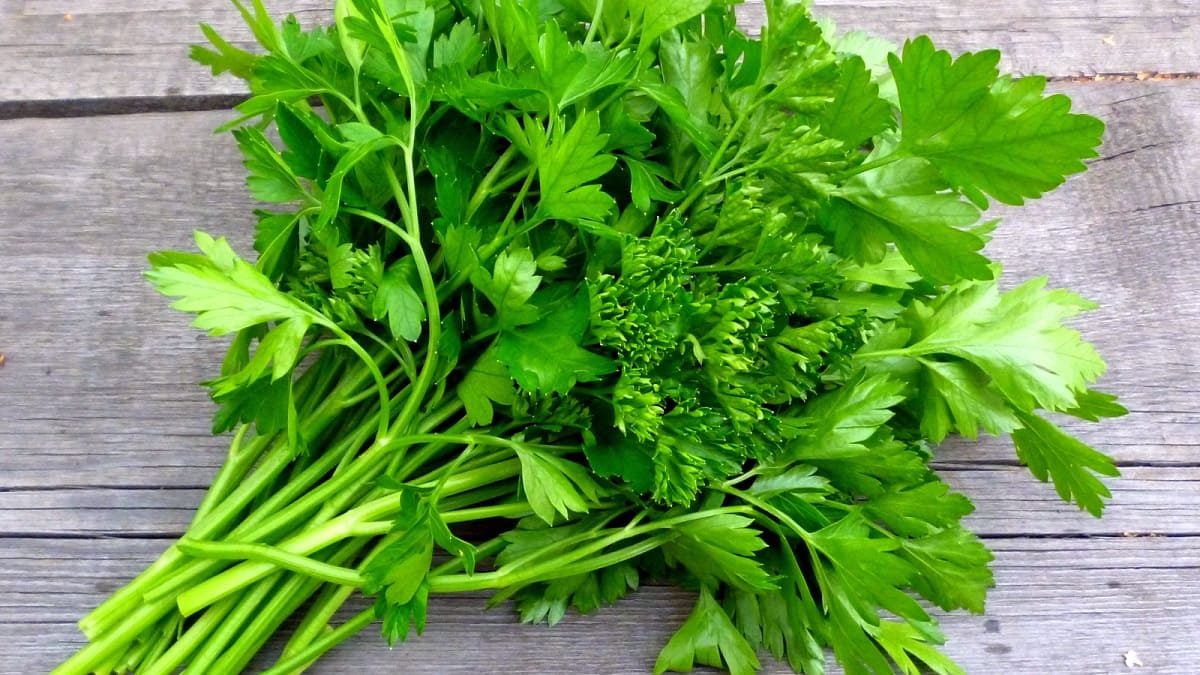
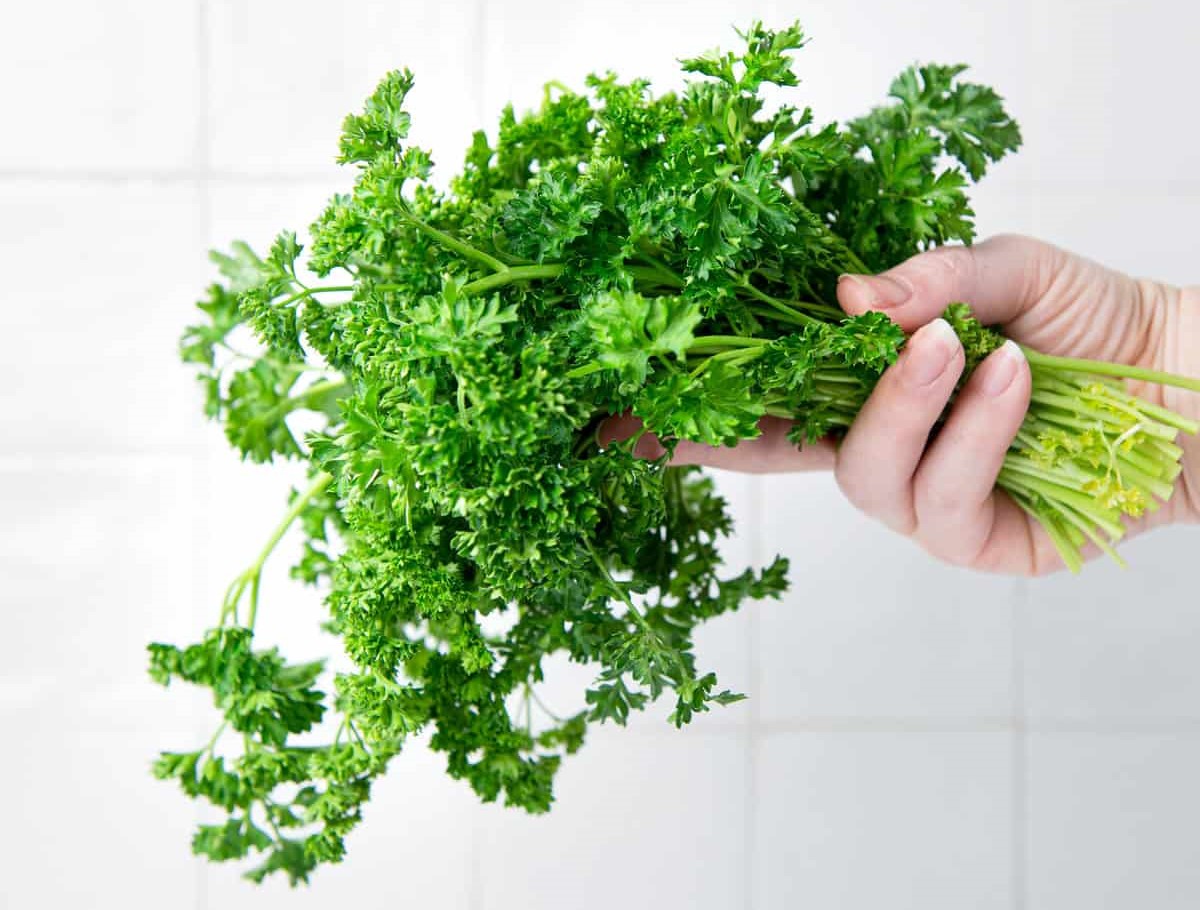
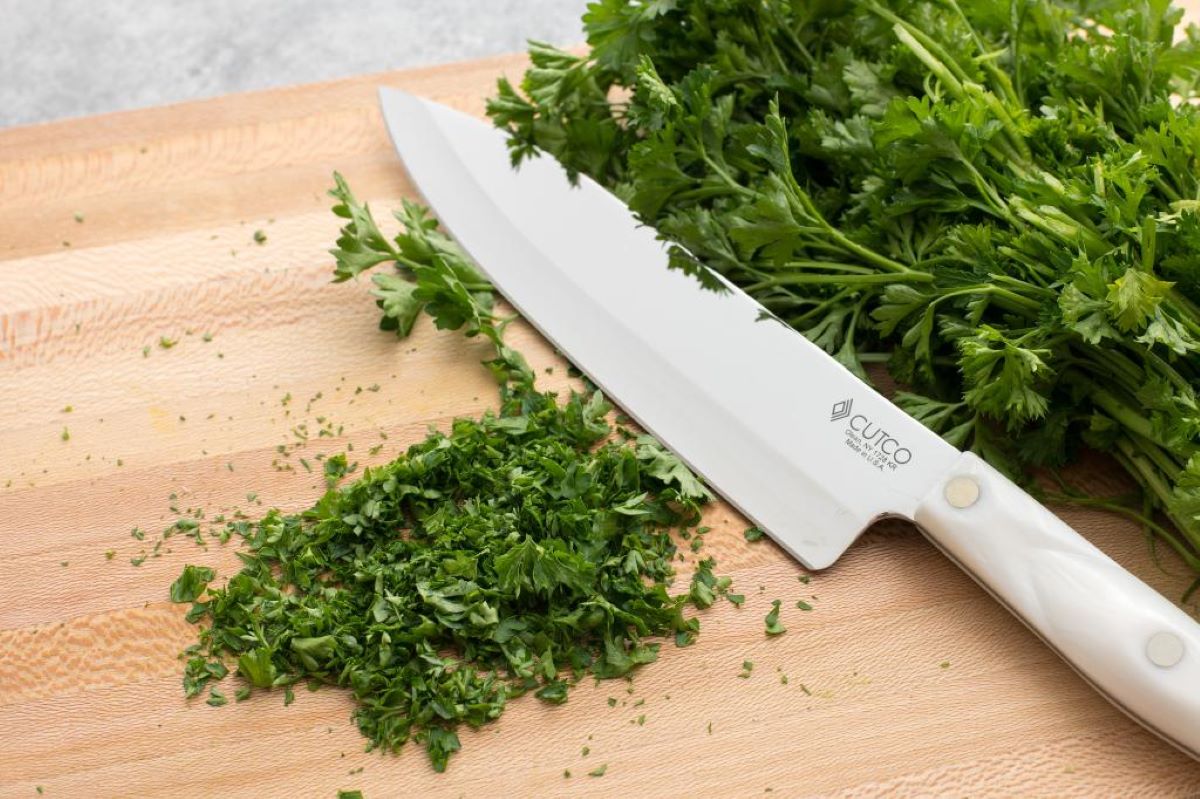
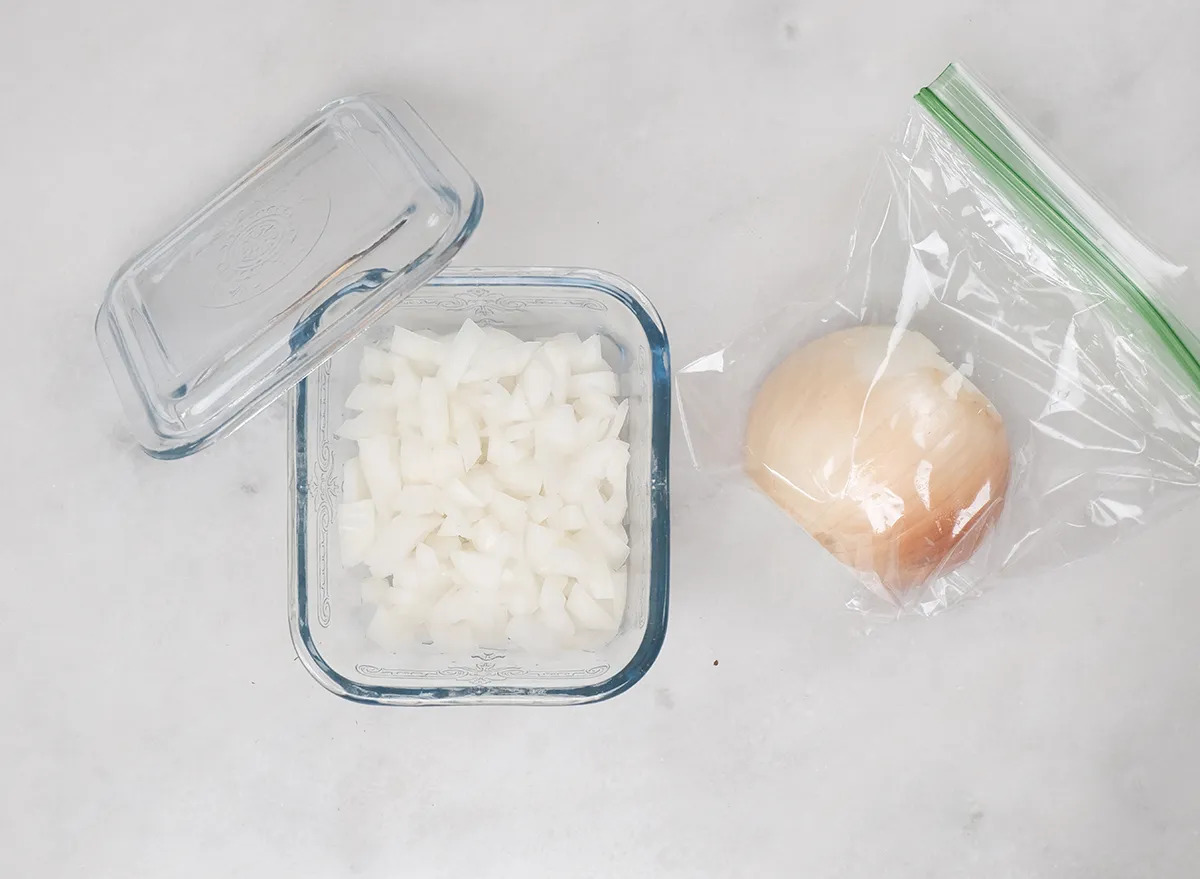
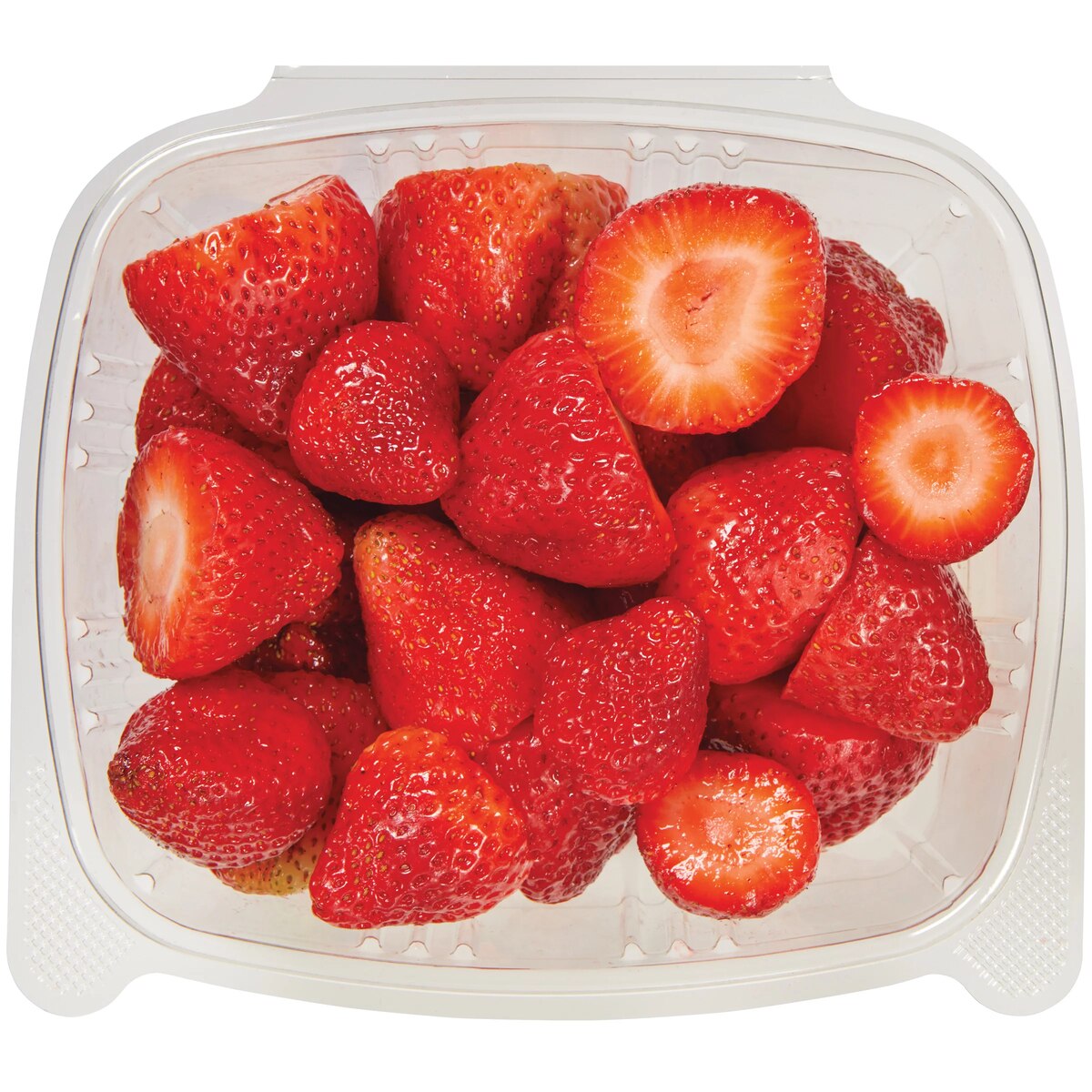
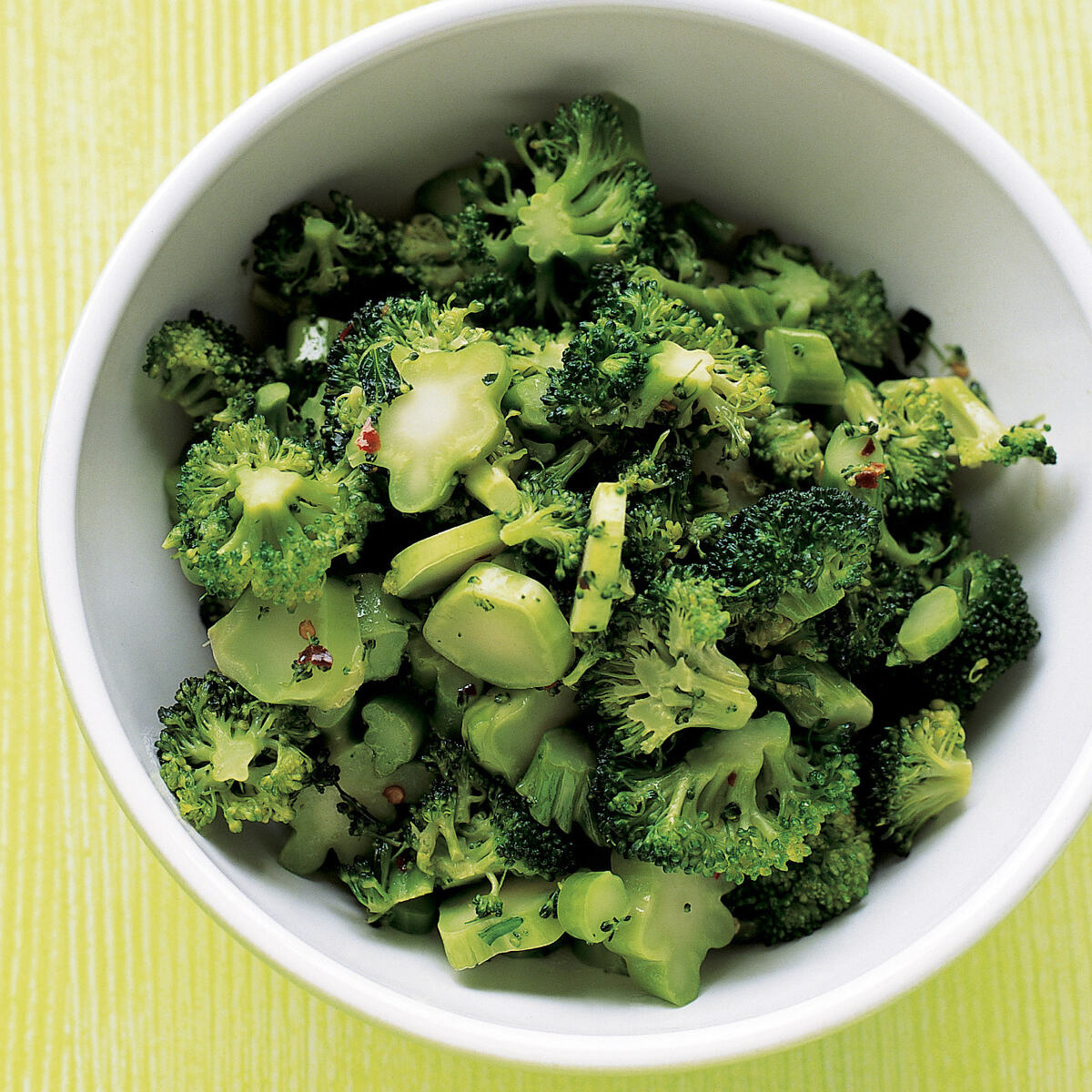

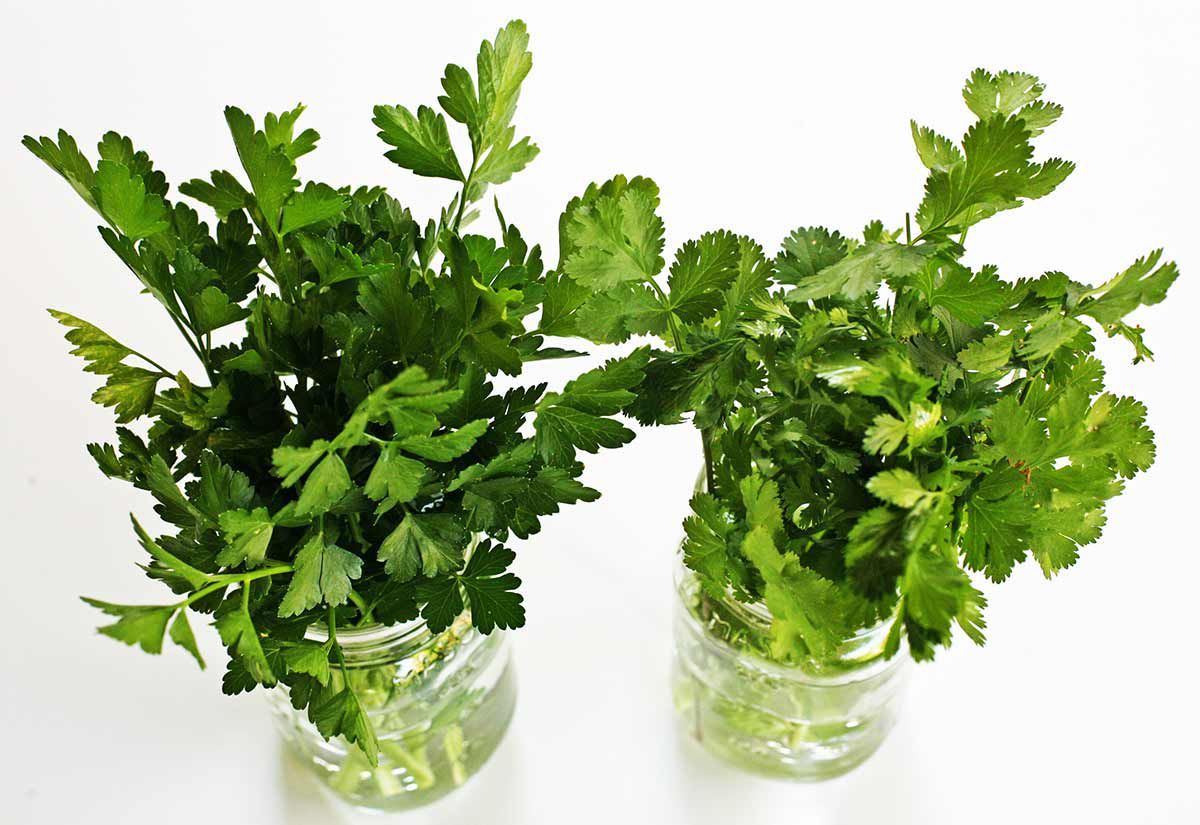
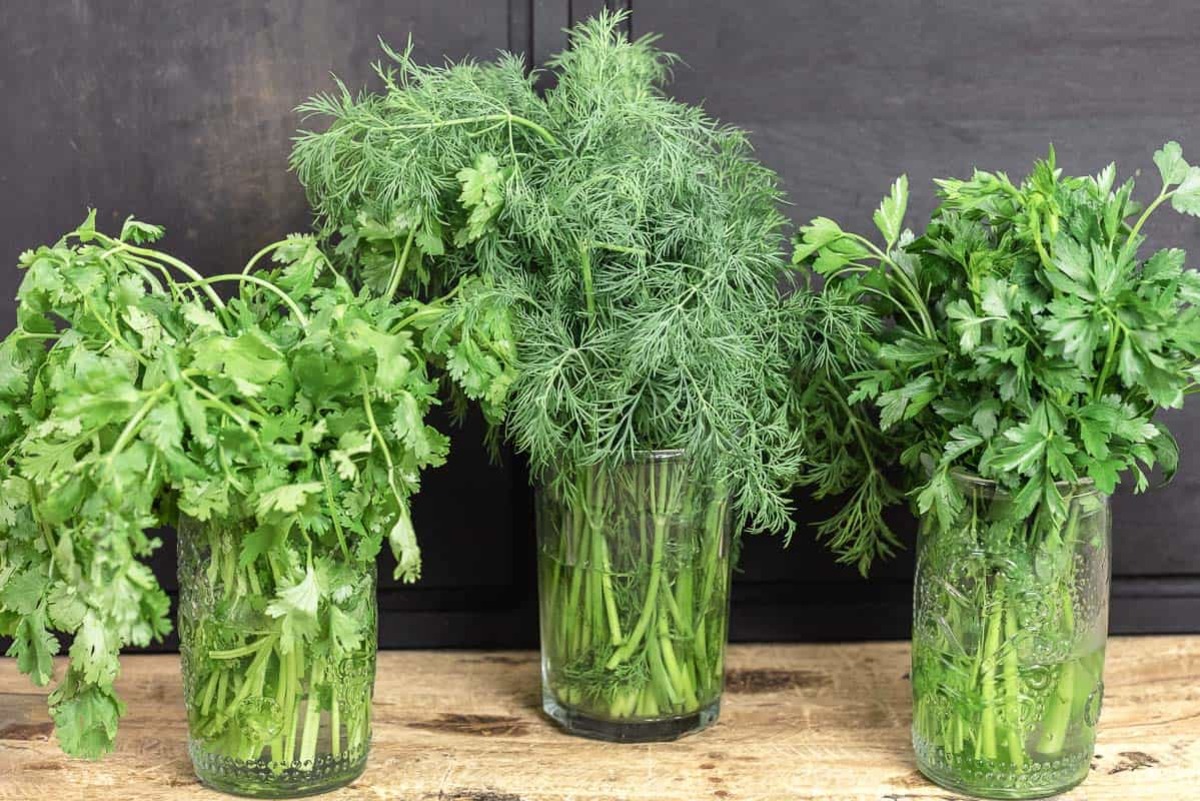
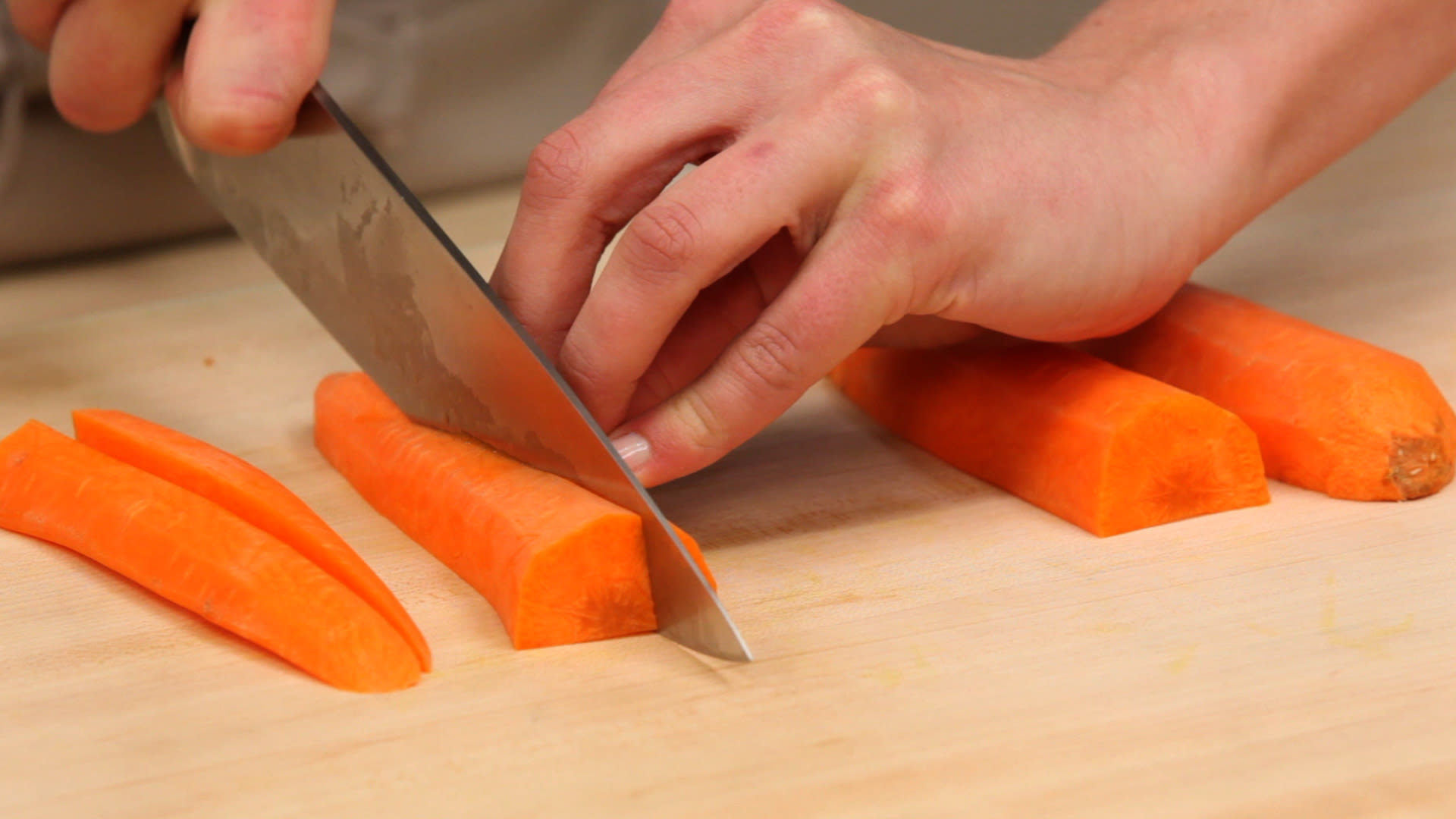
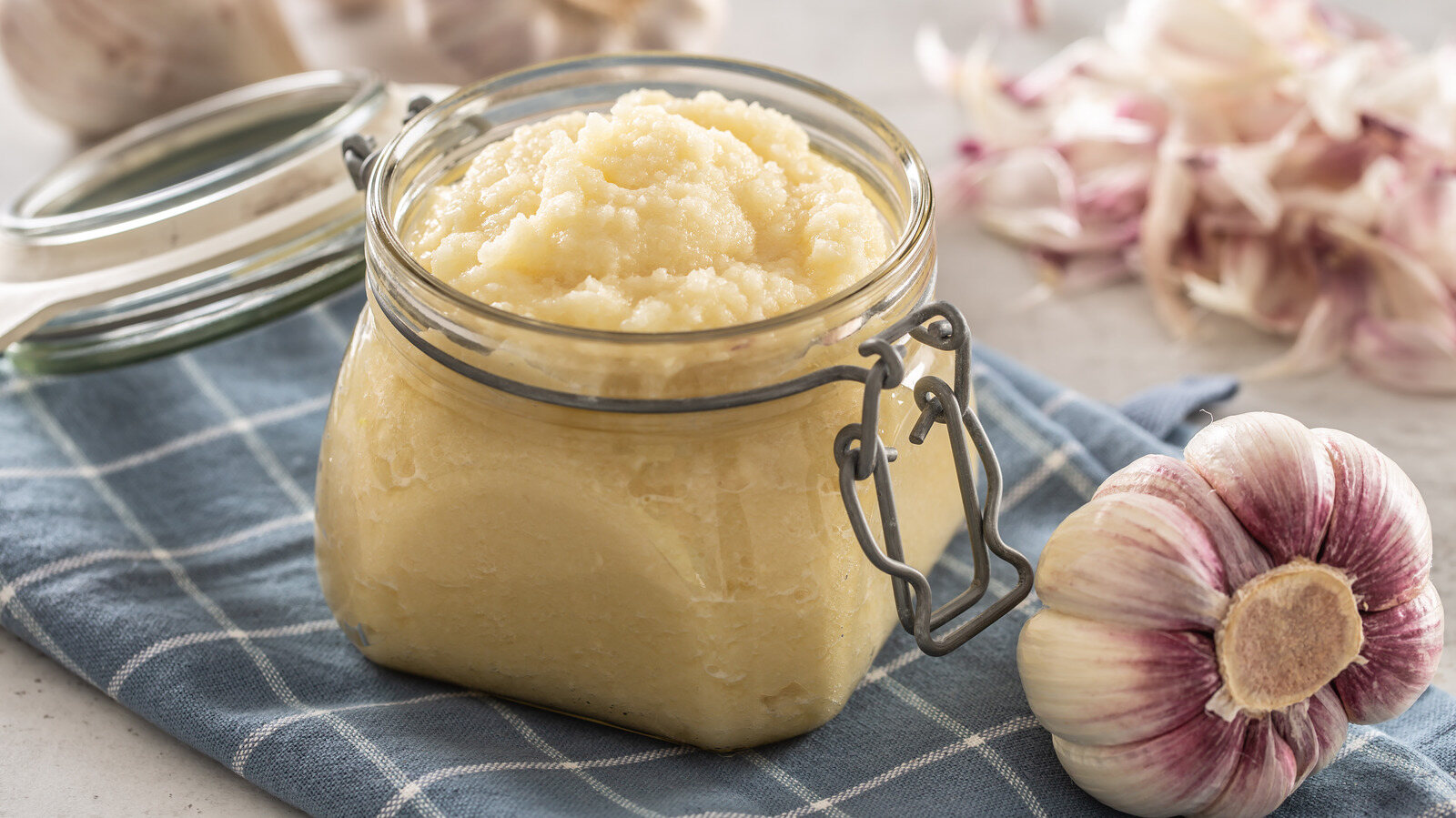
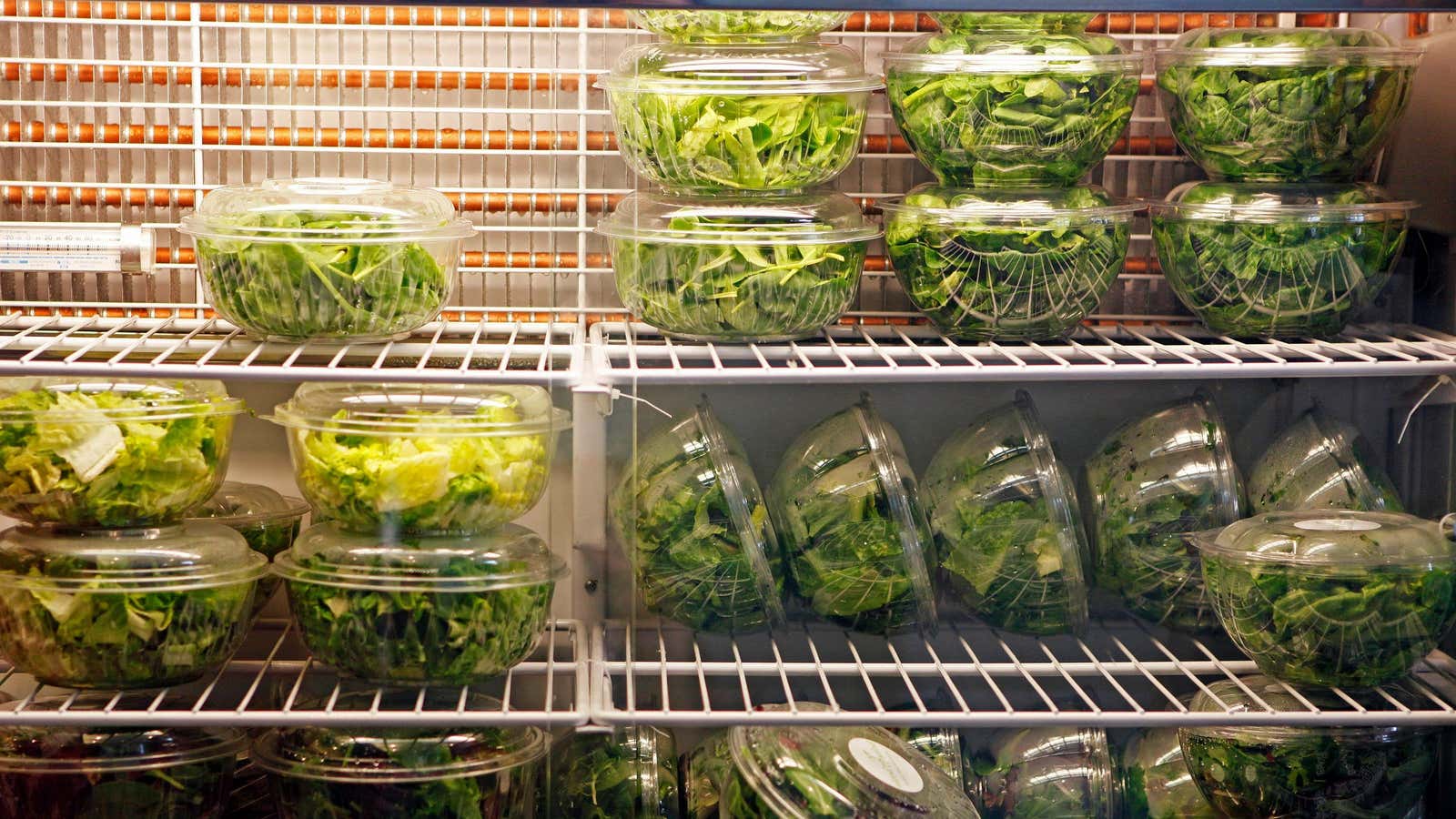
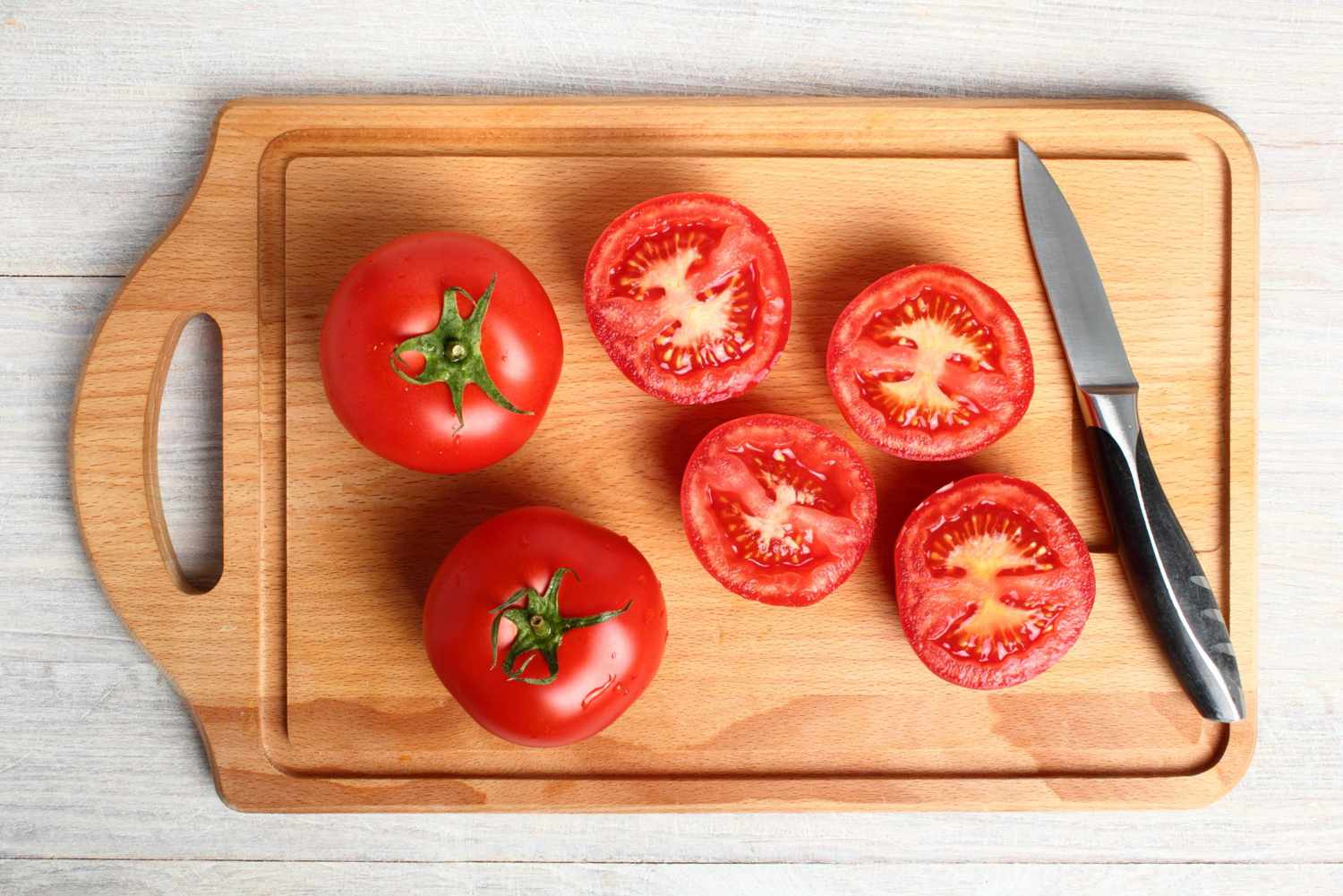
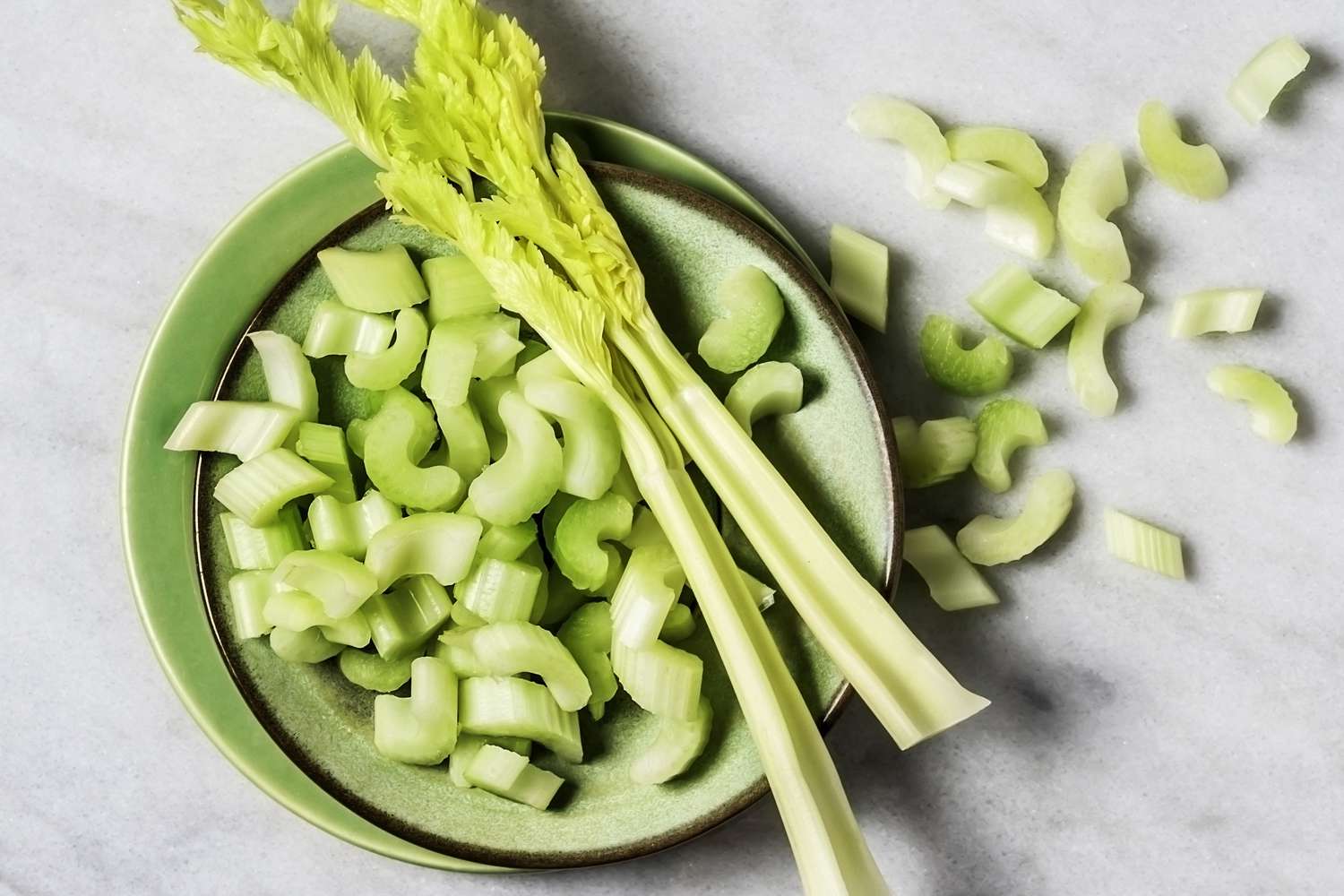

0 thoughts on “How To Store Chopped Parsley”